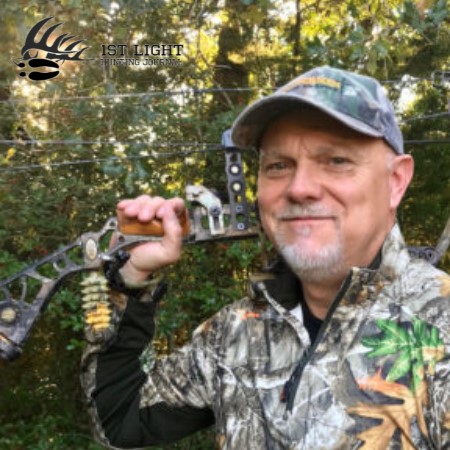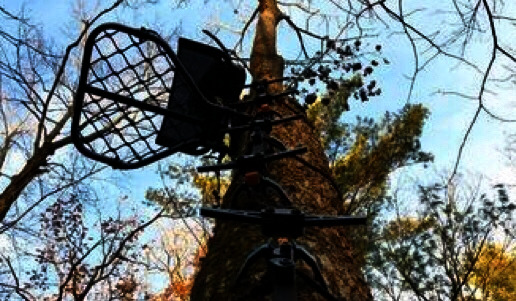By: Jerald Kopp
Whitetail hotspots… everybody seems to have them, yet many have a hard time understanding them. I know I’ve made my share of mistakes hunting the coveted areas of different properties over my many seasons of chasing deer.
On small and large properties alike, there have always been those special locations where the most deer were seen and the best bucks taken.
For years, my dad, brother and I hunted a 30-acre property with three stands; and one “hot spot.” Most hunting weekends meant stiff competition for that magical stand – and if you happened to have the place to yourself, there was nothing to keep you out of it.
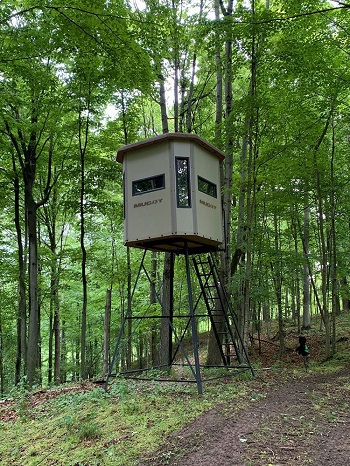
Everyone has their “favorite” stand, but are you wearing out your welcome “using it up” by hunting it during less than optimal conditions?
Years of seeing the best bucks from this stand ruled our brains. However, after a few seasons, the cold realization set in that our encounters with the best bucks occurred almost exclusively during the peak rut. Nothing real profound there.
The fact was, we hadn’t really taken many big mature bucks from the stand since the first three or four years. Only after the biggest buck ever taken from the place was shot from the other stand did the wheels start to turn.
The hunting gusto of my younger years represented a time when, less educated, I thought I was bullet-proof in the woods. I thought I had it all figured out. This was an era when I wanted to shoot the biggest buck without really having to work at it.
Sure, it took getting up early in the morning and braving the cold weather, but that was about it. I quickly learned that much of my whitetail hunting ways needed rethinking – or thinking at all. Further, I started to realize that whitetail hunting is much more of a chess match than a free-for-all.
No more scrambling for the “good stand,” regardless of hunting conditions. A hunt-smarter mantra overtook my hunt-often mindset.
-

N1 Outdoors® Leather Patch Logo Retro Camo Trucker Hat
$29.99 Select options This product has multiple variants. The options may be chosen on the product page -
Sale!

N1 Logo Leather Patch Hat (Mossy Oak Bottomland)
Original price was: $26.99.$19.99Current price is: $19.99. Select options This product has multiple variants. The options may be chosen on the product page -

N1 Outdoors® “Bowhunt” Leather Patch Hat (Desert Camo/Brown)
$29.99 Select options This product has multiple variants. The options may be chosen on the product page
Are You Getting A Deer Education or Just Educating Deer?
Perhaps the most essential shift in thinking was realizing that I was habitually educating way too many deer to my presence.
My aha moments finding rubs and trails were really nothing more than sloppy field trips. What was worse was my half hazard route selection when traversing to and from this honey-hole stand. The same could be said about the other properties we hunted.

It’s critical to consider wind direction and how it pertains to your planned entry and exit routes to your stand or hunting location.
Stand locations were based on the best buck sign and past experiences with little regard for prevailing winds and entry and exit routes. If I was sitting over a rub line – or for that matter a urine-soaked cotton ball, I was golden.
When the buck sightings didn’t materialize (or came to a halt), I assumed the deer had simply changed their patterns. And I continued to taint the woods like an open tank of gasoline.
Coming to My Senses
Like the deer I hunted, I started to exercise more caution and logic. The fact is that, though all deer have great senses, they continually get better with age – especially bucks.
I had heard these things from other hunters and read about them in magazines. In fact, my father had often preached these basic facts. However, with a few bucks under my belt, I had just chosen to ignore them.
After this reckoning, I finally made the decision to maximize my time in the woods.
Applying the Basics
First, I started to employ simple tactics in response to deer and their innate abilities.
So, how do you keep from compromising your best hunting setups during the season?
First, regardless of property size, prepare multiple setups for different wind directions. This will usually provide a good hunting alternative for a given day’s conditions. If possible, vow to never hunt a stand during marginal wind situations.
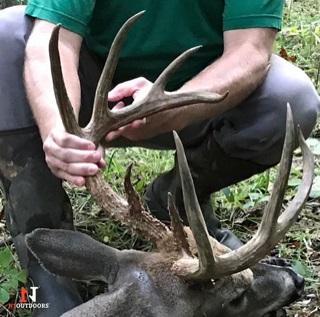
As bucks get older, it gets tougher to fool them. Be sure not to over hunt your best stand locations, or to hunt them in less than optimal conditions.
Next, consider ahead of time how you will enter and exit the stand. Hopefully, some stands are set up within a heavy travel corridor between food sources and/or bedding areas. However, with this positive placement comes a higher chance of disturbing the peace.
If your entry or exit will likely upset the area, be resolute about finding an alternative spot nearby. If not, hunt another area or make the dreaded, yet sometimes necessary decision to stay in.
-
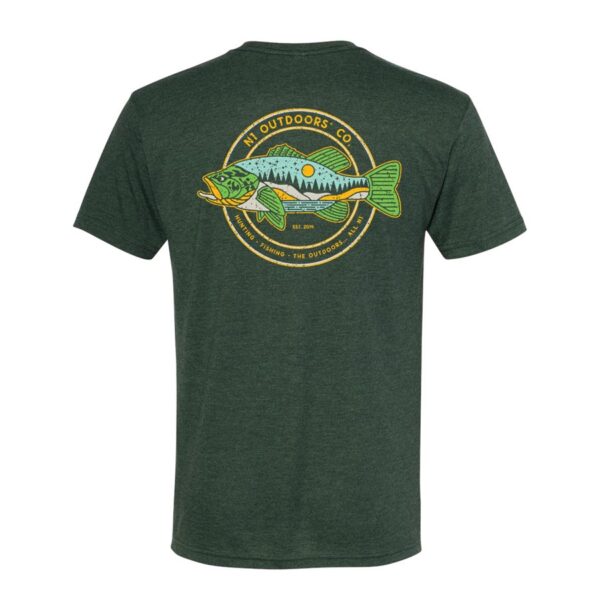
N1 Outdoors® Fishscape™ Outdoor Tee
$28.99 – $32.99 Select options This product has multiple variants. The options may be chosen on the product page -

N1 Outdoors® Stain The Vanes™ Bowhunting Tee
$24.99 – $30.99 Select options This product has multiple variants. The options may be chosen on the product page -

N1 Outdoors® Block Logo Tee
$22.99 – $24.99 Select options This product has multiple variants. The options may be chosen on the product page
Maximizing Your Sits
Longer sessions in your blind or treestand can pay real dividends. It’s common knowledge that it’s a great strategy during the rut, as it increases your chances of catching a buck that is either cruising or on the heals of a hot doe.
The fact is, if you have the time, it’s a great practice from a pressure standpoint as well.
The best scent management doesn’t come from a bottle. If you have an all-day sit, you eliminate additional entry and exits to and from your stand. So, consider exercising addition by subtraction by settling in for longer hunts, hence applying less pressure to the areas around your most precious setups.
Conclusion
Few stands offer even near perfect advantage for the hunter. The save-a-stand-for-best-conditions approach works. Particularly if you are hunting an exceptionally old and impressive buck, use this philosophy and completely ignore your best setups until favorable dates.
There is only one first time to hunt a stand during the season. Saving it for a time when bucks are seeking does is great, but there are more things to mull over. When you do, you greatly improve your chances at even seeing your hit-list buck.
And, you just might get that coveted shot at him.
